Over the last few years, there has been a resurgence of nationalist sentiment around the world, especially in India. Fostering a national identity in a country as diverse as ours is no mean task. Nationalism is also ever-evolving and can affect other aspects of life like citizenship. To add to the complexity, national identity often gets entangled with religious identity, creating a surcharged atmosphere that results in unrest and clashes.
We encourage you to buy books from a local bookstore. If that is not possible, please use the links on the page and support us. Thank you.
In the essay Nationalism and the Imagination, postcolonial theorist and philosopher Gayatri Chakravorty Spivak explore concepts pertaining to nationalism and the collective imagination. Nationalism, she writes:
[Is] the product of a collective imagination constructed through rememoration.
This rememoration (or recall) takes place through the arts, and it reinforces nationalism by reminding people of collective suffering and experience.
Literature plays an important role in this process as it suggests that:
We have all passed through the same glorious past, the same grand national liberation battles, the same religious tolerance and so on.
And history is thus turned into a cultural memory. Memories of the past are never far away from the collective imagination, and they can be used to fan flames of discontent.
Glimpses of History
The essay starts with Spivak’s poignant memories of pre- and post-Independence India. In her childhood, Spivak witnesses the ravages of the Bengal famine (1943) and Hindu-Muslim riots. “...skeletal bodies dying in the streets, crawling to the back door begging for starch,” recalls Spivak, of the famine and the hungry masses.
As riots waged, children huddled inside but were hardly immune to the chaos and barbarism taking place outside: “The cries would go up, celebrating the divine in a Hindu or a Muslim way. Even we children knew that each cry meant a knife thrust, a machete blow,” she reminisces.
An interesting anecdote mentioned in the essay is of the Indian People’s Theatre Association (IPTA), and how it evaded detection during British rule. Known for their performances and songs of protest/resistance, the IPTA performers managed to stay under the radar and not be penalised, as the colonial rulers couldn’t comprehend the regional languages in which they were singing.
After the bloodshed and sorrow arose the dawn of Independence (1947). It was a “polite affair”, writes Spivak, and a time of political discussion as well as overall elation. The relief was, however, short-lived as the dark clouds of Partition engulfed the city.
“Overnight, Kolkata became a burdened city; even its speech patterns changed. If these were the recollections of Independence, the nationalist message in the streets created schizophrenia.”
Communal division and distrust soon became a feature of daily life, as evidenced in the popular plays of those times, Siraj-ud-daula and Mebar Patan, which portrayed Muslims as enemies. “This hardy residual of the Muslim as not only enemy but evil is still being worked by the Hindu right,” she writes.
The idea of a nation
Spivak highlights how nationalism is often tied to the circumstance of one’s birth/shared ancestry, even superseding other aspects like migration, marriage, and history. “As I was growing up, then, I realized that nationalism was related to reproductive heteronormativity as a source of legitimacy,” she explains.
Speaking in one’s mother tongue or attaching to a piece of land is the most common marker of nationalism. Spivak explores how the love of a mother tongue or land can become transformed into “the nation thing”. She writes:
“Why is the first learned language so important? Because it teaches every human infant to negotiate the public and the private outside of the public–private divide as we have inherited it from the legacy of European history.”
Spivak maintains that “the rock-bottom comfort in one’s language and one’s home, with which nationalism conjures, is not a positive effect.” For context, she cites her long-term connection with the subaltern Indian aboriginal Sabar women, and how they negotiate and face issues of land and language.
As a tool to create greater awareness and multiplicity of perspectives, Spivak suggests that humanities studies be given greater emphasis. If imagination feeds nationalism, she writes, then the teaching of humanities can prepare the reader’s imagination to go beyond “the self-identity of nationalism towards the complex textuality of the international”.
“An imagination trained in the play of language(s) may undo the truth-claims of national identity, thus unmooring the cultural nationalism that disguises the workings of the state — disguises the loss of civil liberties, for example, in the name of the American ‘nation’ threatened by terror,” she states.
Final verdict:
This slim volume of 88 pages offers pertinent and unique insights into nationalism and comparative literature. On the flip side, the essay is not an easy read. The anecdotes are quite accessible for most readers, but certain portions are complex and first-time readers may struggle to understand the academic terminology. However, the book gets easier to comprehend with repeated reading.
Recommended for:
Students of political science, literature, and anyone keen on grasping the concept of Indian nationalism and its roots. Ideally, all citizens of India should read this, in the wake of the National Education Policy of 2020.
Favourite quote:
“Language has a history; it is public before our births and will continue so after our deaths. Yet every infant invents it and makes it the most private thing, touching the very interiority of the heart. On a more superficial level, it is this underived private that nationalism appropriates.”

Suggested reading:
If you liked this book, check out:

Majoritarian State: How Hindu Nationalism is Changing India by Angana P. Chatterji, Thomas Blom Hansen, and Christophe Jaffrelot. It explores the ideology of Hindutva and how it gained ground in India, as well as elements of culture policing and vigilantism that are linked to the movement.











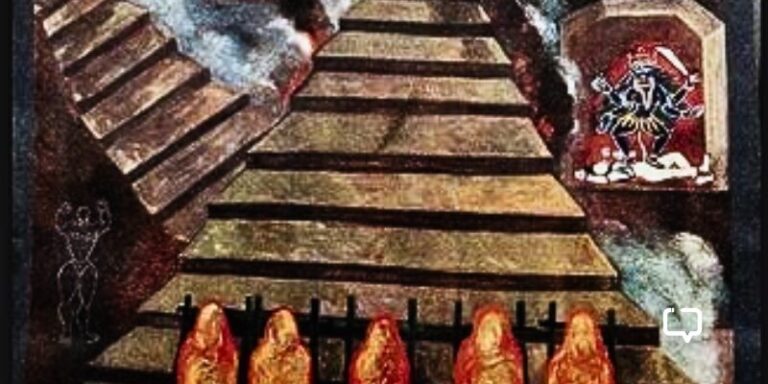

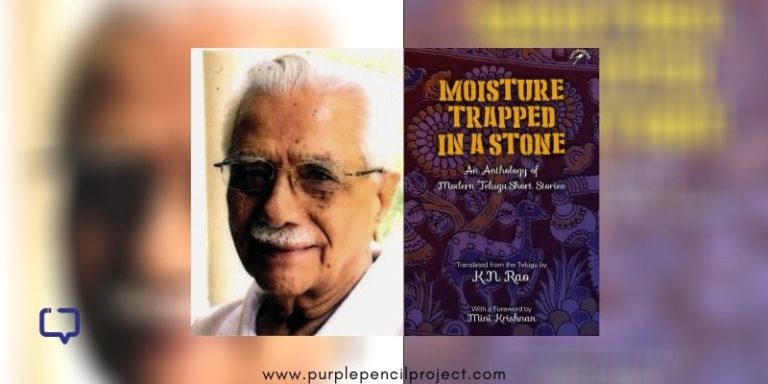
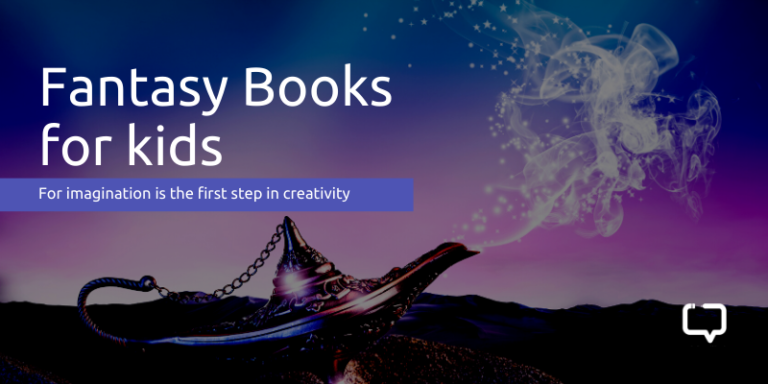
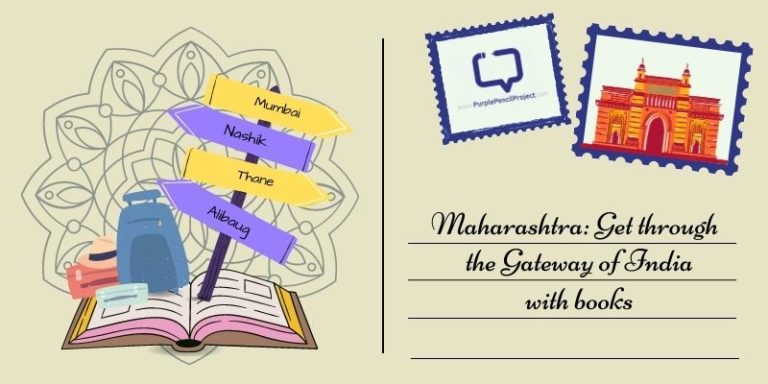
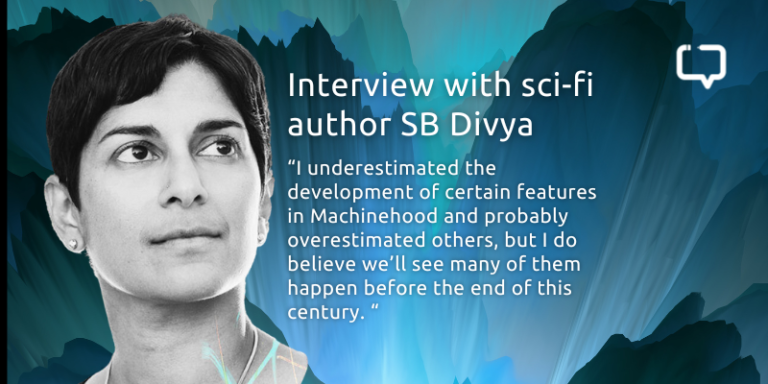

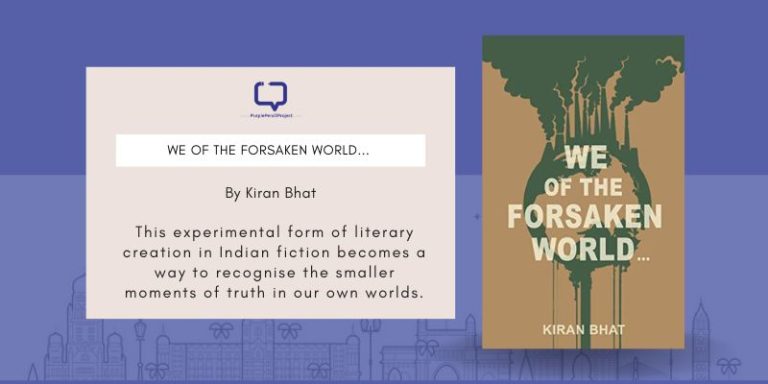





One Response